Methamphetamine Decontamination
- Delta Decon & Maintenance
- Methamphetamine Decontamination
- Delta Decon & Maintenance
- Methamphetamine Decontamination
Methamphetamine Contamination in Properties: Protecting Your Health and Safety
Methamphetamine contamination is a growing concern for property owners across Australia. When methamphetamine is illegally produced or used in homes, garages, sheds, trailers, or businesses—spaces where families live, sleep, eat, and work—it can leave behind toxic chemical residues that pose serious health risks.
Get A Quote
"*" indicates required fields
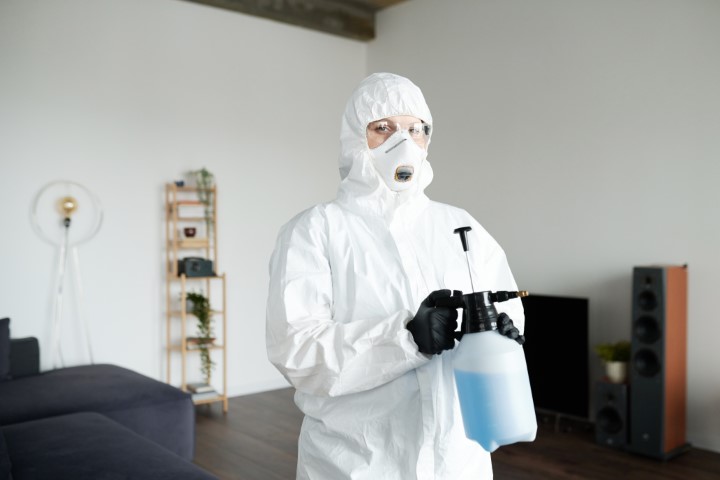
These harmful contaminants may linger on walls, floors, ceilings, and furnishings, exposing occupants to potential health hazards. Symptoms of exposure can resemble those experienced by meth users themselves, including:
-
Nose and throat irritation
-
Headaches and dizziness
-
Nausea and vomiting
-
Confusion
-
Breathing difficulties
This contamination makes properties unsafe for habitation or use, necessitating thorough professional decontamination.
Delta Decon and Maintenance specializes in thorough methamphetamine decontamination services, ensuring that properties are safe and free of harmful residues. We follow rigorous procedures to decontaminate properties to safe, livable conditions in accordance with Australian standards.
Following the decontamination process, the property undergoes thorough testing for methamphetamine residue. Samples are collected from multiple areas within the property to ensure comprehensive assessment.
If the test results confirm that methamphetamine residue levels are either undetectable or fall below the legal limit, the property is deemed safe and no longer classified as contaminated.
This final step ensures the space is once again suitable for habitation or use, giving property owners peace of mind.

Understanding Methamphetamine Contamination
Methamphetamine is a highly addictive drug belonging to the Amphetamine-Type Stimulants (ATS) group, which also includes amphetamine and ecstasy. It is made in illegal labs using chemicals like pseudoephedrine, found in cold and flu medications. It is produced in Australia and imported from other countries.
Sold under street names like meth, ice, crystal, and speed, methamphetamine comes in crystalline, powder, or oily base forms. The crystalline form, known as ice, is typically smoked, while powder is usually snorted, swallowed, or injected. Understanding its forms and use highlights the risks of meth contamination and the need for professional remediation services like those provided by Delta Decon and Maintenance.
What is Methamphetamine?
Methamphetamine is a highly addictive drug belonging to the Amphetamine-Type Stimulants (ATS) group, which also includes amphetamine and ecstasy. It is made in illegal labs using chemicals like pseudoephedrine, found in cold and flu medications. It is produced in Australia and imported from other countries.
Sold under street names like meth, ice, crystal, and speed, methamphetamine comes in crystalline, powder, or oily base forms. The crystalline form, known as ice, is typically smoked, while powder is usually snorted, swallowed, or injected. Understanding its forms and use highlights the risks of meth contamination and the need for professional remediation services like those provided by Delta Decon and Maintenance.
How Many People Use Methamphetamine in Australia?
Australia has one of the highest rates of methamphetamine use in the world. According to the 2013 National Drug Strategy Household Survey, 2.3% of Australians aged 14 and older reported using methamphetamine, with the highest use among young adults aged 20 to 29 (5.8%). About half of users in this group consume crystalline methamphetamine, or “ice.”
While overall methamphetamine use has remained stable, the use of crystalline methamphetamine has increased significantly, rising by 34% among people who inject drugs since 2010. There has also been a growing trend of frequent use, with more people using methamphetamine weekly or more often, leading to an increase in dependency. This rising prevalence of methamphetamine use poses ongoing public health challenges and highlights the need for proper remediation of properties affected by methamphetamine contamination.
Recreational Use vs. Manufacturing Residue
Residue from recreational methamphetamine use sometimes reaches levels that pose a health risk. However, contamination from manufacturing, commonly referred to as meth labs, involves a range of toxic chemicals that can have lasting environmental and health effects. The Australian Government Department of Health’s Health Guidance on Clandestine Drug Laboratories and Public Health Risks (2017) provides valuable insight into the locations of detected clandestine drug laboratories in Australia. It reveals that the majority (68.4%) of these laboratories are situated within or near domestic dwellings, posing significant risks to residents and neighboring communities. A smaller percentage (9.9%) are discovered in caravans or similar mobile vehicles, often used for their mobility and ease of concealment. Public spaces account for 6.8% of these labs, presenting risks in commonly accessed areas, while rural areas—frequently involving vehicles—represent 6.0%. Additionally, 4.2% of clandestine labs are located in commercial or industrial buildings, often exploiting these spaces for their relative anonymity. The remaining 4.7% are scattered across other facilities, underscoring the diverse range of settings where these illegal operations can occur.
Why Decontamination is Critical?
Health Risks from Methamphetamine Residue
Manufacturing methamphetamine releases hazardous chemicals that can settle on surfaces and penetrate porous materials. Prolonged exposure may lead to symptoms like:
- Headaches
- Respiratory difficulties
- Nausea
- Skin and eye irritation
Children are especially vulnerable due to their developing systems and increased contact with contaminated surfaces.
Australian Safety Guidelines
In Australia, the acceptable safety threshold for methamphetamine residue is 0.5 micrograms per 100 square centimetres. Residues exceeding this level require professional remediation to ensure safety and compliance with Australian health standards.
Health Risks from Methamphetamine Residue
Manufacturing methamphetamine releases hazardous chemicals that can settle on surfaces and penetrate porous materials. Prolonged exposure may lead to symptoms like:
-
Headaches
-
Respiratory difficulties
-
Nausea
-
Skin and eye irritation
Children are especially vulnerable due to their developing systems and increased contact with contaminated surfaces.

Methamphetamine Decontamination Process
Our Approach to Decontamination
At Delta Decon and Maintenance, we follow a meticulous process to restore properties affected by methamphetamine contamination.
-
1Initial Assessment
We perform comprehensive testing using certified wipe tests to identify the level and spread of contamination.
-
2Tailored Remediation Plan
Based on the contamination level, we create a customized decontamination strategy that includes:
- Cleaning and removal of residue from surfaces.
- Deep cleaning of porous materials or their replacement if necessary.
- Air purification and odour removal. -
3Safe Disposal
Contaminated materials are disposed of according to environmental safety guidelines.
-
4Post-Remediation Testing
We conduct final testing to ensure that the property meets the Australian safety threshold for methamphetamine residue.
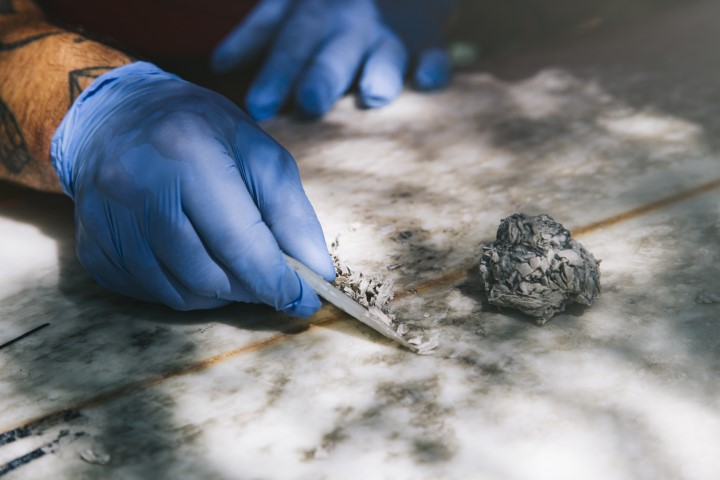
Common Signs of Methamphetamine Contamination
If you suspect your property may have been a meth lab, look out for these signs:
-
Strong chemical odors, such as ammonia or acetone
-
Stained walls, floors, or ceilings
-
Large quantities of chemical containers left behind
-
Residual burns or corrosion on surfaces
-
Reports or suspicion of previous drug activity
Safe Levels of Methamphetamine Detection Following Remediation
The data below summarizes the acceptable levels of methamphetamine residue post-remediation, as defined by various international guidelines. These levels aim to ensure the safety of residents in previously contaminated properties.
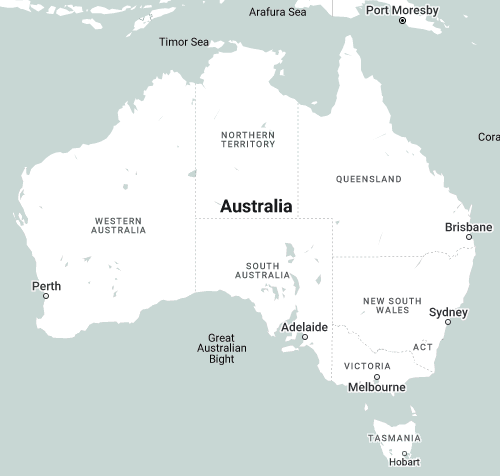
0.5 μg/100 cm²
Micrograms per 100 square centimetres of surface tested on the property
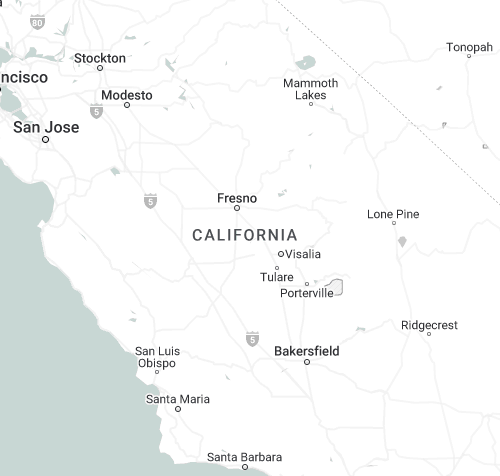
0.3 µg/kg body weight/day
Micrograms per kilogram body weight per day (equivalent to 1.5 μg/100 cm²)
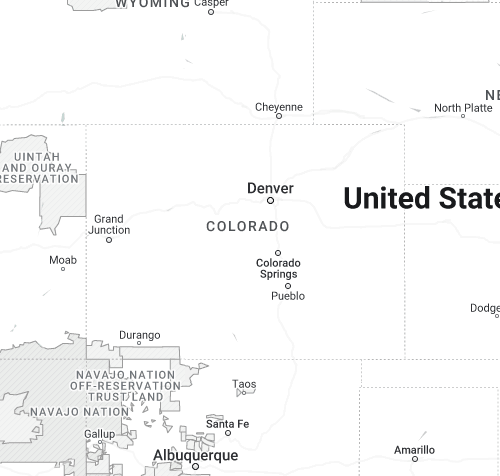
0.5 μg/100 cm²
Micrograms per 100 square centimetres of surface tested on the property
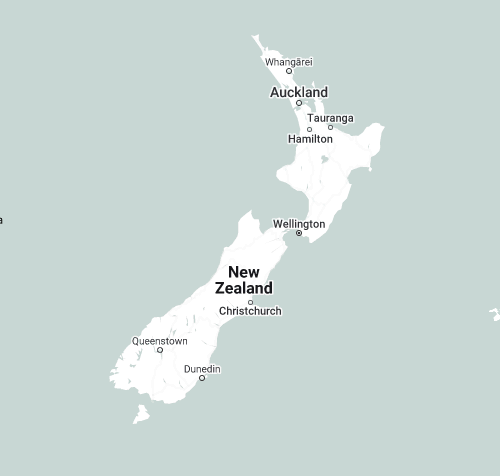
1.5 μg/100 cm²
Micrograms per 100 square centimetres of surface tested on the property
Additional Considerations
Margin for Risk in Reference Values
Most reference levels are calculated with a significant safety margin to protect public health. For instanceIf you suspect your property may have been a meth lab, look out for these signs:
California
California’s reference level of 0.3 µg/kg body weight/day was derived from a study indicating that 80 µg/kg body weight/day is the lowest dose with observable health effects. This conservative reference value includes a safety factor approximately 300 times lower than the health effect threshold, aiming to protect sensitive populations such as children.
Australia and Colorado
Australia and Colorado have adopted similarly conservative levels for methamphetamine contamination in properties due to their shared goal of minimizing health risks to the public, particularly the risks associated with long-term exposure to methamphetamine residue. To protect the public, both regions have adopted conservative contamination levels to ensure that properties are completely safe before they are re-occupied.
New Zealand
New Zealand initially adopted the same reference level as Australia. However, a risk assessment by the New Zealand Institute of Environmental Science and Research suggested that residue levels up to 2 μg/100 cm² pose no health risk, even to vulnerable groups like children. As a result, New Zealand revised its reference level to 1.5 μg/100 cm², aligning with conservative risk management principles.
Limitations of Current Guidelines
Existing safety levels are often based on worst-case scenarios. Research has not conclusively shown that slightly exceeding these levels leads to adverse health outcomes. Further studies are required to determine more precise exposure thresholds and refine the guidelines. By having clear and stringent standards in place, it becomes easier to ensure that properties are treated uniformly, and that remediation processes are carried out thoroughly. This consistency is essential for both local authorities and companies offering decontamination services, like Delta Decon and Maintenance, to ensure that the same high standards are applied across all properties.
Suspect Methamphetamine Contamination?
What to Do if Methamphetamine Manufacture is Suspected
If you believe your property may have been exposed to methamphetamine contamination:
- Do not attempt to clean it yourself.
- Contact Delta Decon and Maintenance immediately for an expert assessment.
- Engage local environmental health officers to report any suspected clandestine drug lab activity.
What Should You Do if You Suspect Contamination?
If you suspect methamphetamine manufacture has occurred, do not attempt to clean it yourself. Contact Delta Decon and Maintenance immediately for professional advice. We will guide you through the next steps and ensure proper remediation procedures are followed.
It is also important to engage local Environmental Health Officers to report any suspected clandestine drug lab activity. They will help you arrange for an assessment, which may trigger further actions such as remediation if the presence of a drug lab is confirmed. For accurate results, Meth residue sampling should only be carried out by a NATA accredited company for meth sampling, who will also adhere to Australian Guidelines and the required scientific process.
Delta Decon and Maintenance works in collaboration with local authorities and ensures that all actions are in full compliance with Australian and state-based regulations.
Remediation of Clandestine Drug Laboratories
The Australian Government’s Clandestine Drug Laboratory Remediation Guidelines outline four key phases for remediation:
- Assessment: Identification of contamination requiring investigation.
- Action: Initial evaluation and containment of risks.
- Remediation: Detailed analysis and cleanup of contamination.
- Validation: Ensuring the site meets safety standards post-remediation.
Delta Decon and Maintenance strictly follows these remediation guidelines, ensuring that each phase is executed in compliance with the Australian Government’s best practices for methamphetamine decontamination.
Importance of Scientific Best Practices
Remediation efforts must adhere to scientific best practices, taking into account factors such as:
- The duration of exposure and the type of contamination.
- Differences between furniture or items introduced after contamination and those present during exposure.
By following these structured guidelines, Delta Decon and Maintenance ensures that remediation protects public health while considering the unique conditions of each site.
Below is a list of key government regulations and guidelines for clandestine laboratory remediation:
- Australian Government Department of Health: Health Guidance on Clandestine Drug Laboratories and Public Health Risks (2017)
- NSW Ministry of Health: Remediation Guidelines for Clandestine Drug Laboratories and Hydroponic Drug Plantations: A Report to Health Protection NSW
- Northern Territory: Refer to Australian Department of Health document
- Queensland Health: Clandestine Laboratory Remediation Guidelines
- South Australia Health: Practice Guideline for the Management of Clandestine Drug Laboratories under the South Australian Public Health Act 2011
- Victorian Department of Health: Clandestine Laboratory Remediation Guidelines
- Tasmanian Government Department of Health: Guide for the Management of Clandestine Drug Laboratories
- Government of Western Australia Department of Health: Clandestine Drug Laboratories Guidelines
Remediation Guidelines
Why Delta Decontamination?
Benefits of Choosing Delta Decon and Maintenance
-
1Expertise You Can Trust
With years of experience in decontamination, our team adheres to Australian guidelines to deliver reliable and safe results.
-
2Advanced Testing Methods
Delta Decon does not provide testing services but recommends its clients engage NATA-accredited and NAMC-verified laboratories for illicit drug sampling and testing.
-
3Comprehensive Services
From assessment to post-remediation validation, we handle every step to make the process stress-free for you.
-
4Protect Your Investment
Proper decontamination safeguards your property’s value and ensures a safe environment for future occupants.
Safe Levels of Methamphetamine Detection Following Remediation
The table below summarizes the acceptable levels of methamphetamine residue post-remediation, as defined by various international guidelines. These levels aim to ensure the safety of residents in previously contaminated properties.
Margin for Risk in Reference Values
Most reference levels are calculated with a significant safety margin to protect public health. For instance:
- California’s reference level of 0.3 µg/kg body weight/day was derived from a study indicating that 80 µg/kg body weight/day is the lowest dose with observable health effects. This conservative reference value includes a safety factor approximately 300 times lower than the health effect threshold, aiming to protect sensitive populations such as children.
- Australia and Colorado have adopted similarly conservative levels for methamphetamine contamination in properties due to their shared goal of minimizing health risks to the public, particularly the risks associated with long-term exposure to methamphetamine residue. To protect the public, both regions have adopted conservative contamination levels to ensure that properties are completely safe before they are re-occupied.
- New Zealand initially adopted the same reference level as Australia. However, a risk assessment by the New Zealand Institute of Environmental Science and Research suggested that residue levels up to 2 μg/100 cm² pose no health risk, even to vulnerable groups like children. As a result, New Zealand revised its reference level to 1.5 μg/100 cm², aligning with conservative risk management principles.
Limitations of Current Guidelines
Existing safety levels are often based on worst-case scenarios. Research has not conclusively shown that slightly exceeding these levels leads to adverse health outcomes. Further studies are required to determine more precise exposure thresholds and refine the guidelines. By having clear and stringent standards in place, it becomes easier to ensure that properties are treated uniformly, and that remediation processes are carried out thoroughly. This consistency is essential for both local authorities and companies offering decontamination services, like Delta Decon and Maintenance, to ensure that the same high standards are applied across all properties.
Remediation of Clandestine Drug Laboratories
The Australian Government’s Clandestine Drug Laboratory Remediation Guidelines outline four key phases for remediation:
- Assessment: Identification of contamination requiring investigation.
- Action: Initial evaluation and containment of risks.
- Remediation: Detailed analysis and cleanup of contamination.
- Validation: Ensuring the site meets safety standards post-remediation.
Delta Decon and Maintenance strictly follows these remediation guidelines, ensuring that each phase is executed in compliance with the Australian Government’s best practices for methamphetamine decontamination.
Below is a list of key government regulations and guidelines for clandestine laboratory remediation:
- Australian Government Department of Health: Health Guidance on Clandestine Drug Laboratories and Public Health Risks (2017)
- NSW Ministry of Health: Remediation Guidelines for Clandestine Drug Laboratories and Hydroponic Drug Plantations: A Report to Health Protection NSW
- Northern Territory: Refer to Australian Department of Health document
- Queensland Health: Clandestine Laboratory Remediation Guidelines
- South Australia Health: Practice Guideline for the Management of Clandestine Drug Laboratories under the South Australian Public Health Act 2011
- Victorian Department of Health: Clandestine Laboratory Remediation Guidelines
- Tasmanian Government Department of Health: Guide for the Management of Clandestine Drug Laboratories
- Government of Western Australia Department of Health: Clandestine Drug Laboratories Guidelines
Importance of Scientific Best Practices
Remediation efforts must adhere to scientific best practices, taking into account factors such as:
- The duration of exposure and the type of contamination.
- Differences between furniture or items introduced after contamination and those present during exposure.
By following these structured guidelines, Delta Decon and Maintenance ensures that remediation protects public health while considering the unique conditions of each site.
Benefits of Choosing Delta Decon and Maintenance
- Expertise You Can Trust:
With years of experience in decontamination, our team adheres to Australian guidelines to deliver reliable and safe results. - Advanced Testing Methods:
Delta Decon does not provide testing services but recommends its clients engage NATA-accredited and NAMC-verified laboratories for illicit drug sampling and testing. - Comprehensive Services:
From assessment to post-remediation validation, we handle every step to make the process stress-free for you. - Protect Your Investment:
Proper decontamination safeguards your property’s value and ensures a safe environment for future occupants.
What Should You Do if You Suspect Contamination?
What to Do if Methamphetamine Manufacture is Suspected
If you believe your property may have been exposed to methamphetamine contamination:
- Do not attempt to clean it yourself.
- Contact Delta Decon and Maintenance immediately for an expert assessment.
- Engage local environmental health officers to report any suspected clandestine drug lab activity.
If you suspect methamphetamine manufacture has occurred, do not attempt to clean it yourself. Contact Delta Decon and Maintenance immediately for professional advice. We will guide you through the next steps and ensure proper remediation procedures are followed.
It is also important to engage local Environmental Health Officers to report any suspected clandestine drug lab activity. They will help you arrange for an assessment, which may trigger further actions such as remediation if the presence of a drug lab is confirmed. For accurate results, Meth residue sampling should only be carried out by a NATA accredited company for meth sampling, who will also adhere to Australian Guidelines and the required scientific process.
Delta Decon and Maintenance works in collaboration with local authorities and ensures that all actions are in full compliance with Australian and state-based regulations.
Stigma and Awareness
Properties affected by methamphetamine contamination often carry a stigma, leading to unnecessary financial losses or stress for property owners. Recognizing the sensitivity of meth decontamination, we approach each case with the utmost respect, confidentiality, and empathy. Delta Decon and Maintenance works discreetly and professionally, helping you address contamination concerns while maintaining your privacy.
Areas We Serve
Best in New South Wales
-
Canberra
-
Sydney
-
Wollongong
-
Newcastle
-
Port Macquarie
-
Ballina

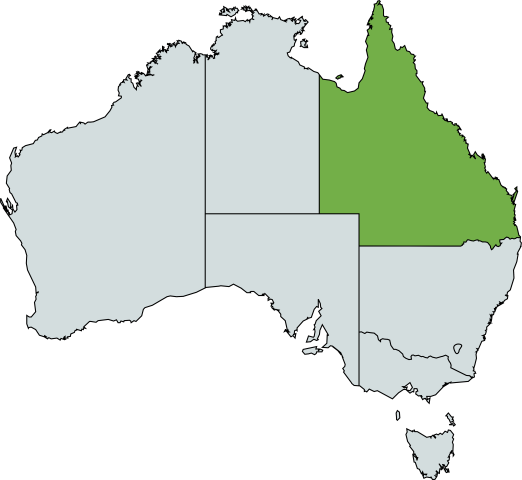
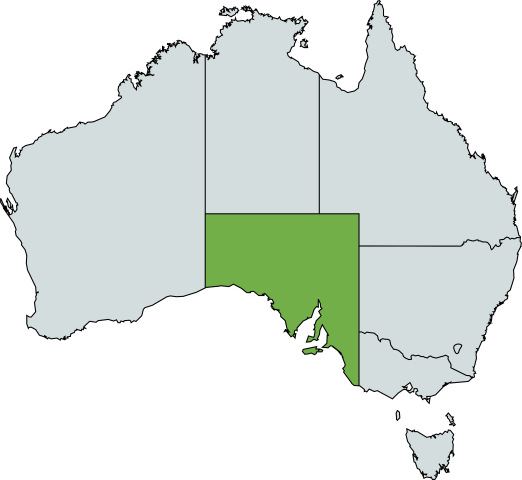

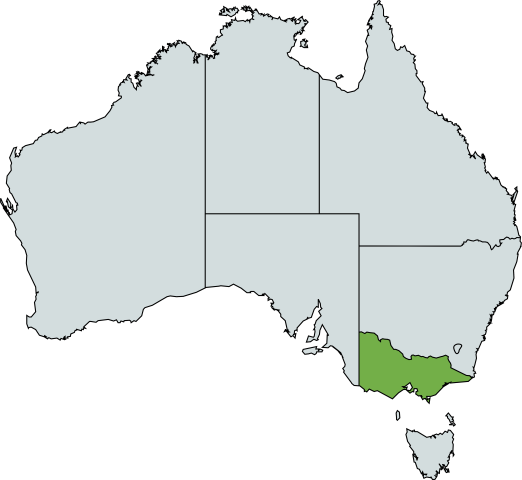
Best in Western Australia
-
Drummond Cove
-
Esperance
-
Boulder
-
Fremantle
-
Australind
-
Mandurah
-
Perth
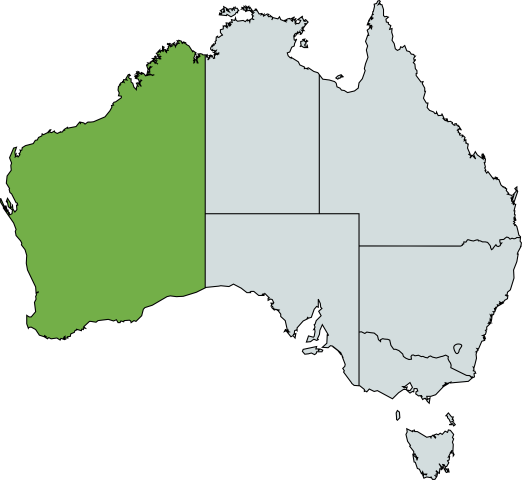
Frequently asked questions
What Is Methamphetamine and where does it come from?
Methamphetamine is a powerful and highly addictive drug that belongs to a group known as Amphetamine-Type Stimulants (ATS), which also includes other drugs like amphetamine and ecstasy. It is primarily made in illegal labs using chemicals, including substances commonly found in cold and flu medications, such as pseudoephedrine. Methamphetamine is both produced in Australia and imported from other countries.
Methamphetamine is sold under various street names, including meth, ice, crystal, shard, speed, tina, base, fire, and skates. The crystalline form of the drug, often called “ice” or “crystal”, has a clear, glass-like appearance, which is where these names originate. Methamphetamine can also be found in powder form (often called “speed”) or, less frequently, in a damp, oily substance known as “base”.
The crystalline form of methamphetamine is typically smoked, but it can also be injected. The powder form is usually snorted, swallowed, or injected. The base form is usually either swallowed or injected.
When sold on the street, methamphetamine is commonly sold in small amounts (called points), typically around 0.1 grams for the crystalline form. The powdered form can also be sold in larger quantities, such as half-grams or grams. Often, the powdered form is mixed with adulterants (such as glucose or sucrose) to reduce its purity. On the other hand, the crystalline form is generally not mixed with other substances, though it may still contain impurities from the manufacturing process.
Understanding the different forms of methamphetamine and how it is used can help in understanding the dangers and risks associated with meth contamination and the need for proper remediation services, such as those offered by Delta Decon and Maintenance.
What is the current trend of methamphetamine use in Australia, and why is it a growing concern?
Australia has one of the highest rates of methamphetamine use globally. According to the 2013 National Drug Strategy Household Survey, approximately 2.3% of Australians aged 14 or older reported using methamphetamine at that time. While methamphetamine use spans across various age groups, it is most common among young adults, particularly those aged 20 to 29 years, where 5.8% reported using the drug in the past year.
A significant portion of methamphetamine users consume crystalline methamphetamine, also known as “ice.” In fact, about half of all users in this age group reported using this form of the drug.
Over the last decade, the number of people using methamphetamine has remained relatively stable. However, the use of crystalline methamphetamine has notably increased. Research from the National Drug and Alcohol Research Centre (NDARC) shows that crystal methamphetamine use among people who inject drugs (PWID) has risen by 34% since 2010. This rise is particularly concerning, with a consistent increase of 6% each year for the last three years.
Furthermore, there has been a noticeable rise in the frequency of methamphetamine use, with an increasing number of people using the drug weekly or more frequently. Along with this trend, the number of people who are dependent on methamphetamine has also grown. This highlights the ongoing challenges related to methamphetamine abuse in Australia, making it a serious public health concern.
Understanding the prevalence of methamphetamine use helps to better address the impact it has on individuals, families, and communities, and it underscores the importance of proper remediation of properties that may have been contaminated due to methamphetamine production or use.
How Many People Use Methamphetamine in Australia?
Australia has one of the highest rates of methamphetamine use in the world. According to the 2013 National Drug Strategy Household Survey, 2.3% of Australians aged 14 and older reported using methamphetamine, with the highest use among young adults aged 20 to 29 (5.8%). About half of users in this group consume crystalline methamphetamine, or “ice.”
While overall methamphetamine use has remained stable, the use of crystalline methamphetamine has increased significantly, rising by 34% among people who inject drugs since 2010. There has also been a growing trend of frequent use, with more people using methamphetamine weekly or more often, leading to an increase in dependency. This rising prevalence of methamphetamine use poses ongoing public health challenges and highlights the need for proper remediation of properties affected by methamphetamine contamination.
Recreational Use vs. Manufacturing Residue
Residue from recreational methamphetamine use sometimes reaches levels that pose a health risk. However, contamination from manufacturing, commonly referred to as meth labs, involves a range of toxic chemicals that can have lasting environmental and health effects. The Australian Government Department of Health’s Health Guidance on Clandestine Drug Laboratories and Public Health Risks (2017) provides valuable insight into the locations of detected clandestine drug laboratories in Australia. It reveals that the majority (68.4%) of these laboratories are situated within or near domestic dwellings, posing significant risks to residents and neighboring communities. A smaller percentage (9.9%) are discovered in caravans or similar mobile vehicles, often used for their mobility and ease of concealment. Public spaces account for 6.8% of these labs, presenting risks in commonly accessed areas, while rural areas—frequently involving vehicles—represent 6.0%. Additionally, 4.2% of clandestine labs are located in commercial or industrial buildings, often exploiting these spaces for their relative anonymity. The remaining 4.7% are scattered across other facilities, underscoring the diverse range of settings where these illegal operations can occur.
What Are the Legal Requirements for Methamphetamine Remediation in Australia?
In Australia, methamphetamine contamination is governed by both federal and state-based regulations to ensure the safety of occupants and the environment. These guidelines outline strict procedures for identifying, testing, and remediating properties that may have been exposed to methamphetamine use or production.
- Environmental Health Guidelines: Each state and territory has specific guidelines for the remediation of methamphetamine-contaminated properties, developed in line with Australian standards. These include protocols for testing, contamination thresholds, and the remediation process itself.
- Testing and Accreditation: All testing for methamphetamine contamination must be carried out by NATA-accredited laboratories to ensure accuracy and adherence to the proper scientific methods. Testing results are crucial for determining the need for remediation and for compliance with legal standards.
- Remediation Thresholds: Different states have set varying thresholds for acceptable methamphetamine residue levels. If contamination exceeds these levels, professional remediation must be carried out by accredited specialists like Delta Decon and Maintenance. For instance, in some states, properties with methamphetamine levels above 0.5 µg/100 cm² (micrograms per 100 square centimeters) may require cleaning.
- Legal Responsibilities: Property owners and landlords are legally required to address methamphetamine contamination to protect the health of current and future tenants. Failing to do so may result in fines or legal action, especially if health risks are involved.
- Documentation and Reporting: Upon completion of methamphetamine remediation, a report detailing the procedures and results must be submitted to local authorities for compliance verification. This ensures that the property has met the required safety standards for reoccupation.
- Health and Safety Compliance: Methamphetamine remediation must align with Occupational Health and Safety (OHS) regulations to safeguard workers involved in the cleanup process, ensuring proper use of personal protective equipment (PPE), containment procedures, and safe disposal of contaminated materials.
By adhering to these legal requirements, Delta Decon and Maintenance ensures thorough and compliant remediation services, helping property owners meet their obligations while safeguarding public health.
How much does it cost for a Methamphetamine Remediation Service in Australia?
The cost of methamphetamine remediation services can vary widely depending on several factors, such as the size of the property, the severity of contamination, the type of remediation required, and the location. Here are some key cost factors to consider:
- Size of the Property: Larger properties typically require more time, labor, and materials to clean and decontaminate. The cost may be calculated per square meter or based on the total area that needs treatment.
- Severity of Contamination: If the contamination is extensive, such as in a property that has been used as a meth lab or where significant drug use has occurred, the cost will be higher. Severe contamination often requires more intensive cleaning and specialized equipment.
- Type of Remediation: The level of contamination will determine the remediation process. For mild contamination, cleaning may be straightforward, while severe contamination may require removal of contaminated materials (like carpets, curtains, and drywall), as well as air purification and detailed cleaning of all surfaces.
- Location: Costs can vary based on location, with some areas experiencing higher costs due to travel, labor rates, and access to specialized equipment.
- Testing and Reporting: Methamphetamine testing before and after remediation is often necessary to ensure the property has been properly cleaned. This adds additional costs, particularly if multiple rounds of testing are required to meet regulatory standards.
Is Methamphetamine Contamination Covered by Insurance?
Methamphetamine contamination is typically not covered under standard insurance policies in Australia. Most insurance providers exclude coverage for contamination caused by illegal activities, including methamphetamine use or production. However, there are exceptions:
Specialized Insurance Coverage: Some insurers may offer specialized policies or add-ons that specifically cover illicit drugs contamination. These policies outline coverage for the costs of testing, cleaning, and remediation of properties affected by meth contamination. It’s crucial to ensure that your insurance policy explicitly includes methamphetamine contamination coverage if you’re concerned about potential risks.
For most homeowners and landlords, it is unlikely that methamphetamine contamination will be covered by general home or landlord insurance policies unless there is a specific clause stating otherwise. Therefore, it’s important to carefully review your insurance policy and consult with your insurer to determine if this type of coverage is available.
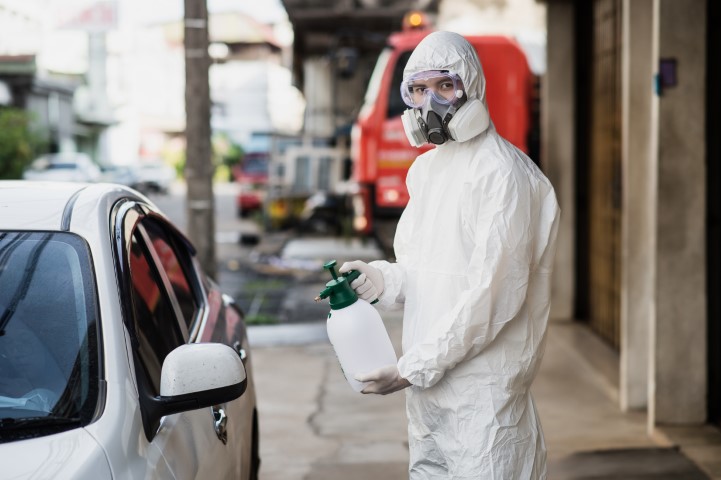
Estimated Costs
- Basic Remediation: Remediation costs typically range from $1,500 to $5,000 for a small residential property with minimal contamination.
- Extensive Remediation: For larger properties or those with significant contamination, the costs can rise significantly, from $10,000 to $30,000 or more depending on the level of contamination and required work.
- Ongoing Monitoring: Additional sampling and validation services after remediation can add to the cost, which can be anywhere from $500 to $1,000 per follow-up test.
Delta Decon and Maintenance offers a detailed quote and cost for the Methamphetamine Remediation Services that outlines the full scope of work before proceeding with remediation services to avoid unexpected costs.
Ready to Restore Your Property?
At Delta Decon and Maintenance, we’re committed to restoring safety, cleanliness, and peace of mind to properties across Australia. Contact us today for professional methamphetamine decontamination services.